Danish design furniture, with its sleek lines and sophisticated aesthetics, has made an indelible impact on the global design industry. This article explores the emergence and evolution of Danish design movements, their socio-political and cultural influences, the key designers, popular styles, and materials, as well as the growing global popularity of Danish furniture design in recent years.
Emergence of Danish Design Movements

The Danish Modern movement, a significant chapter in the history of design, emerged in Denmark during the mid-20th century, particularly from the 1940s to the 1960s. This movement was influenced by the German Bauhaus school, combining function, comfort, and aesthetics to produce furniture that was both beautiful and practical.
The transformation and development of iconic Danish design began earlier in the 20th century. The movement gained popularity in the 1940s and 1950s when mass production techniques began to emerge, creating higher quality furniture.
Influences and Key Designers
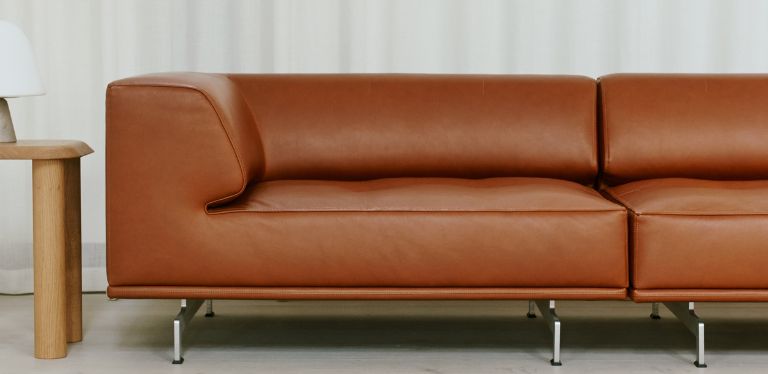
Danish design is heavily influenced by the natural world and how it affects daily living. It is characterized by simplicity, minimalism, and functionality, with a focus on craftsmanship and attention to detail. Notable designers such as Hans Wegner and Børge Mogensen played a significant role in popularizing the Danish Modern movement. Their innovative designs, which combined form and function, set the standard for modern Danish furniture.
Wegner, known as the “Master of the Chair,” designed over 500 chairs during his career, many of which became design classics. Mogensen, meanwhile, was known for his distinctive, sculptural designs, including the iconic Spanish Lounge Chair and Mogensen 2231 Sofa.
Popular Styles and Materials
Danish design furniture is renowned for its sleek lines and sophistication. The furniture often features organic shapes, smooth surfaces, and a lack of ornamentation, reflecting the influence of the natural world.
Materials commonly used in Danish design furniture include high-quality woods such as teak and oak. These materials are often left in their natural state or finished with oil to enhance their natural beauty.
Growing Global Popularity and Impact
The popularity of Danish design furniture has grown significantly in recent years. This can be attributed to several factors, including a global shift towards minimalism and sustainability, as well as a heightened appreciation for craftsmanship and quality.
The term “Scandinavian design” originated from a design show that traveled the US and Canada from 1954 to 1957, promoting the “Scandinavian way of living.” It was here that the simplicity, functionality, and craftsmanship of Danish design furniture were introduced to an international audience.
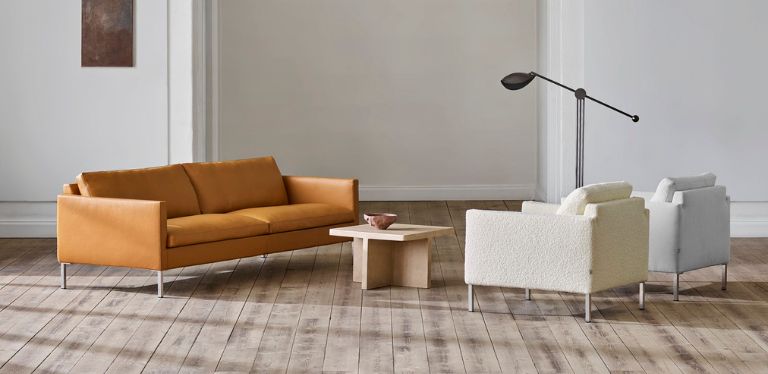
Today, Danish design furniture is celebrated worldwide for its timeless aesthetic and exceptional quality. It continues to influence contemporary design, with many designers drawing inspiration from the principles and values of the Danish Modern movement.
The history of Danish design furniture is a testament to the enduring appeal of simplicity, functionality, and craftsmanship. As we continue to navigate our increasingly complex world, the principles of Danish design offer a reminder of the beauty of simplicity and the value of quality. With its rich history and ongoing global influence, Danish design furniture remains a fascinating topic for design enthusiasts. To learn more about this remarkable design movement, explore the resources linked throughout this article.
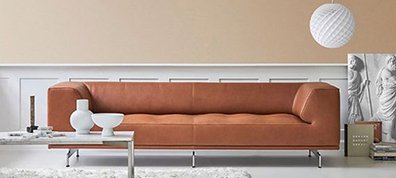

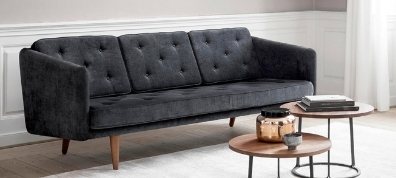
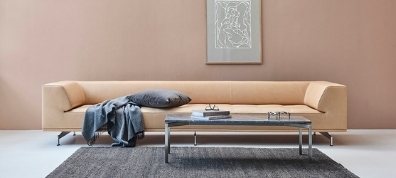

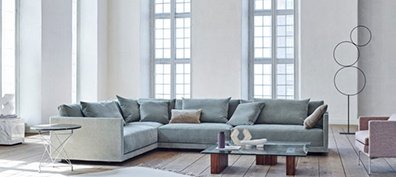
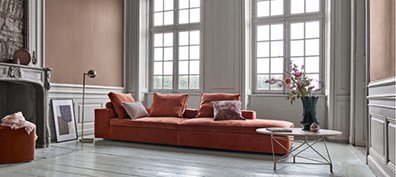
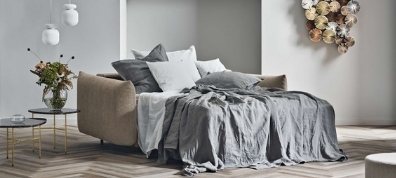
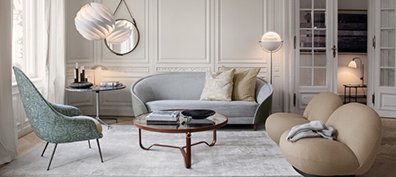
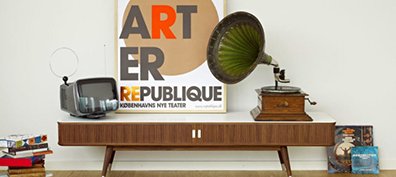
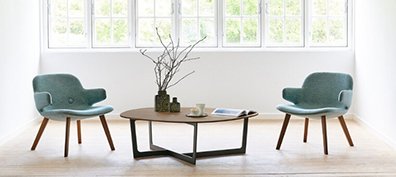

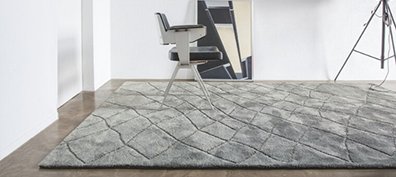

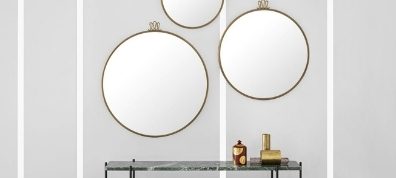
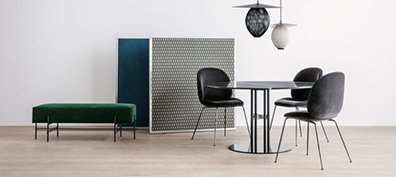
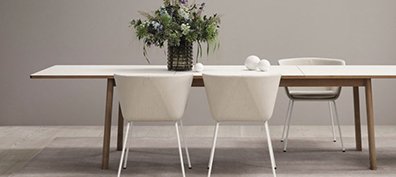
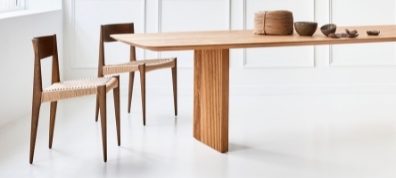
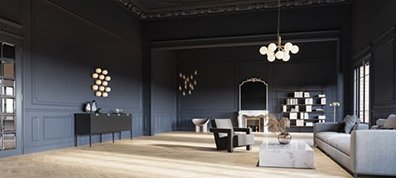

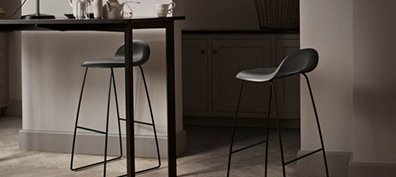

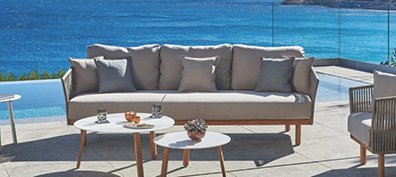
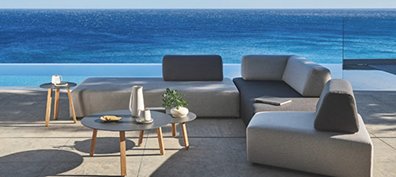


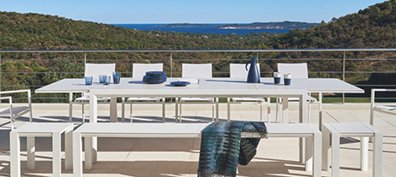
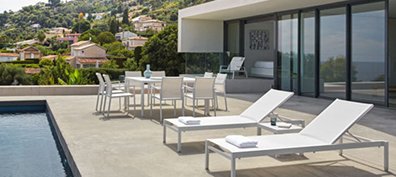
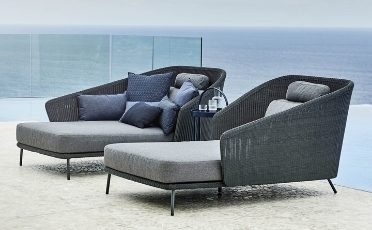

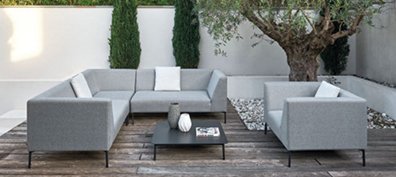

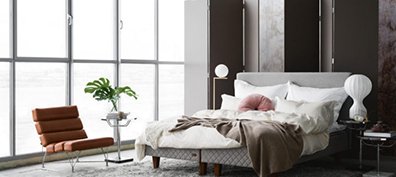


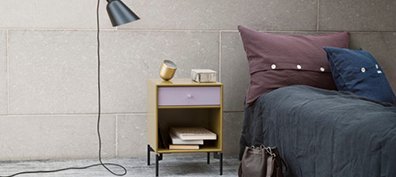
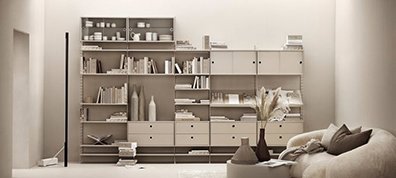
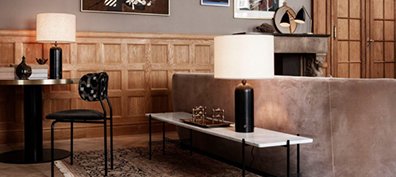
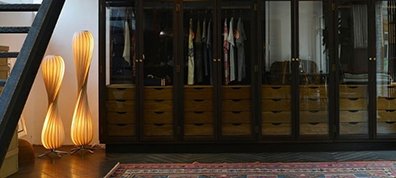




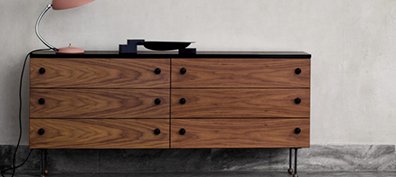
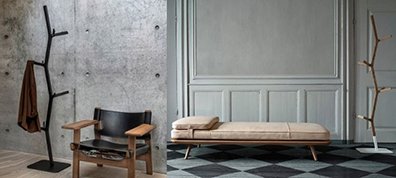
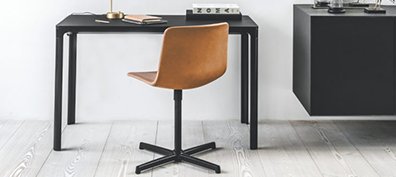













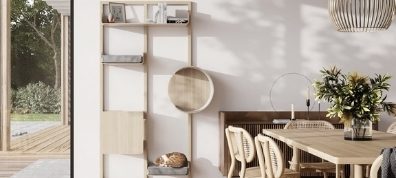



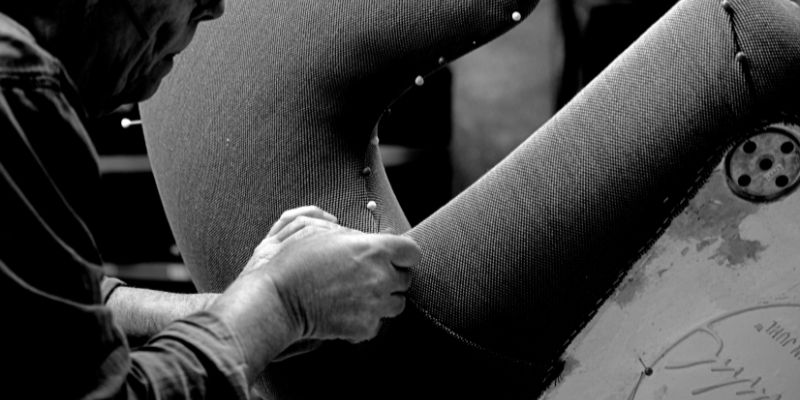
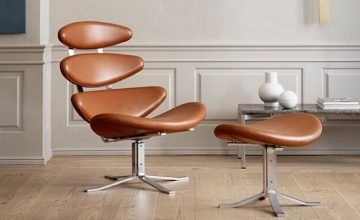
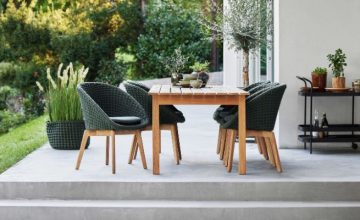
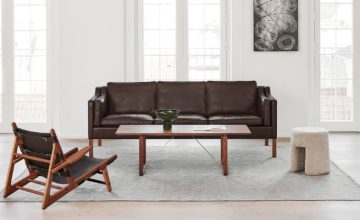
 Danish Design | Authentic Designer Furniture
Danish Design | Authentic Designer Furniture